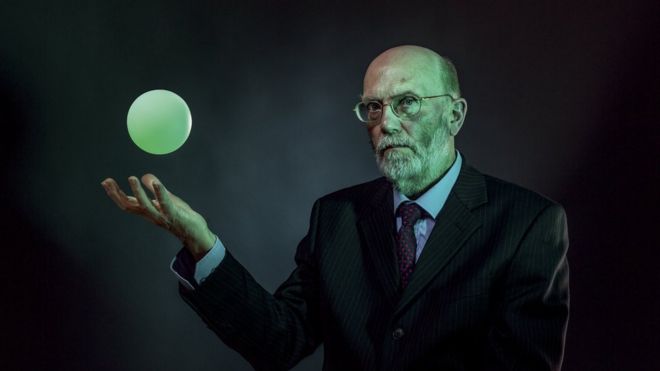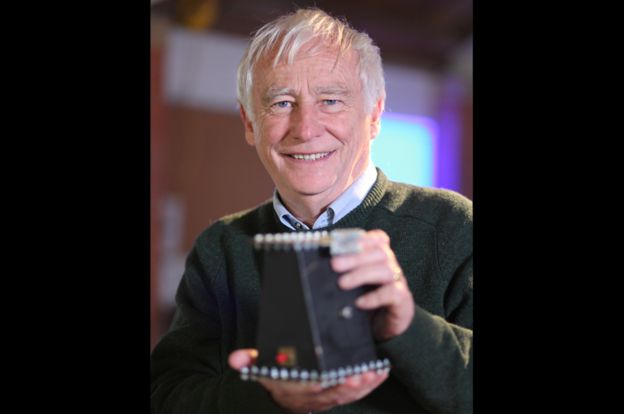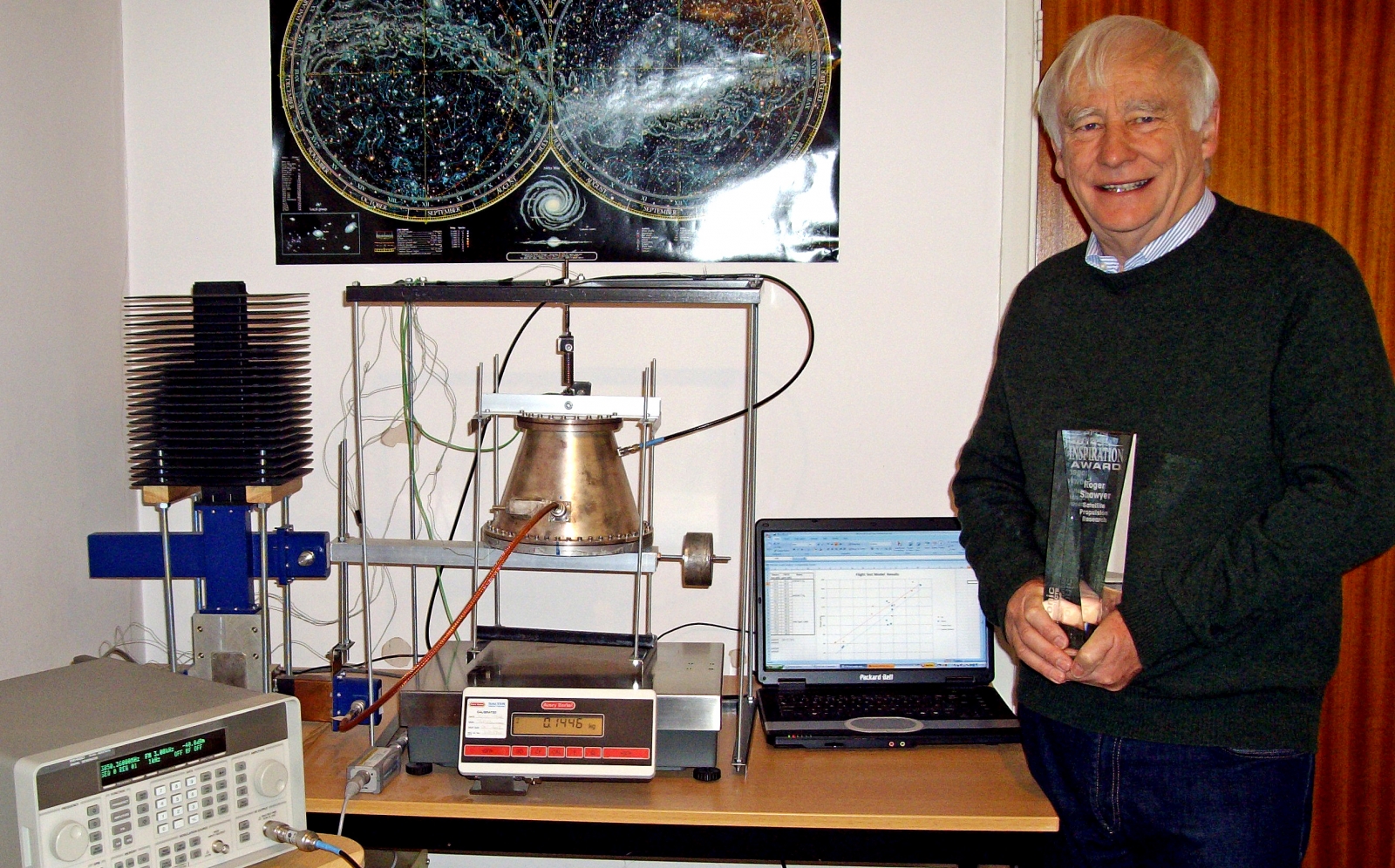curls
Wake up Sheeple, your boring insistence that Obama is not a lizardman from Atlantis is wearing on my patience ð¤
The story of an extraordinary scientific adventure - the attempt to control gravity. The dream of flying cars and journeys to the stars no longer seems quite so distant.
Project Greenglow - The Quest for Gravity Control (BBC iPlayer UK)
----------------
Short clip - Horizon in 5 minutes: Project Greenglow
Project Greenglow is the controversial attempt to control gravity itself. Get the full story in a single short film.
Project Greenglow: The Quest For Gravity Control - written and directed by Nic Young - is a Horizon programme, broadcast at 20:00 GMT on BBC Two, 23 March 2016

Dr Ron Evans, the man behind Project Greenglow
Project Greenglow and the battle with gravity
A handful of leftfield scientists have been trying to harness the power of gravity. Welcome to the world of Project Greenglow, writes Nic Young.
In science there exists a uniquely potent partnership between theory and engineering. It's what's given us atomic energy, the Large Hadron Collider and space-flight, to name a few of the more headline acts.
The theorists say: "This is theoretically possible." The engineers then figure out how to make it work, confident the maths is correct and the theory stands up.
These camps are not mutually exclusive of course. Theorists understand engineering. Engineers draw on their deep understanding of the theory. It's normally a pretty harmonious, if competitive, relationship.
Yet occasionally these two worlds collide. The theorists say something is just not possible and the engineers say: "We're going to try it anyway - it's worth a shot."
There is one field of science where just such a contest has been raging for years, perhaps the most contentious field in all science/engineering - gravity control.
When, in the late 1980s, the aerospace engineer Dr Ron Evans went to his bosses at BAE Systems and asked if they'd let him attempt some form of gravity control, they should probably have offered him a cup of tea and a lie down. Gravity control was a notion beloved of science fiction writers that every respectable theoretical physicist said was impossible...
... As Evans himself admits, it was a tough sell. "Let's be clear - there were many people in the company who felt we shouldn't do it because we made aeroplanes and this was highly speculative." Pushing against gravity with wings and jets was BAE's multi-billion pound business, why dabble in scientific heresy? Because, as Evans puts it: "The potential was absolutely enormous. It could totally change aerospace."
... They asked Evans to go away, consult with his colleagues and come up with some concepts. He brought them a drawing of a vertical take-off plane, powered by an as-yet non-existent "gravity engine".
He worried it didn't look visionary enough, so he asked the artist to add some green rays emanating from the plane - a green glow. When Evans's bosses decided to give him a small budget and an office, Project Greenglow was born. "It was incredible, everyone was captivated by what we were trying to do. We were overwhelmed."

One of the original sketches for Project Greenglow
[I... More info at bottom link ...[/I]
One device survived, almost unnoticed, from the Greenglow days - a propellant-less electromagnetic or EmDrive, created by British aerospace engineer Roger Shawyer.
What sets the EmDrive apart from other concepts? As Shawyer puts it: "We're no longer looking to control gravity itself. We're beating gravity the smart way." Because the EmDrive actually appears to do something. In tests, it seems to move under its own steam.
Shawyer claims his concept uses a known property of microwave energy called “cut-off” to generate thrust. According to Shawyer, the conical shape of the closed box causes the microwaves to effectively stop at one end of the cavity, while continuing to vibrate against the other, creating a difference in pressure.
The theorists are deeply sceptical of these claims because the EmDrive seems to defy Newton’s law of conservation of momentum. John Ellis at Cern is particularly scathing: “With the EmDrive, unlike a rocket, nothing comes out of it. So I don’t see how you can generate momentum out of nothing.”

Roger Shawyer with the EM Drive
>>> Continue rest of article
-----------------------------------------------------------------------------
Additional info
EmDrive: Nasa Eagleworks confirms paper on controversial space propulsion is under peer review

Roger Shawyer, a British scientist who invented the EmDrive, says that the industry has moved past far past Nasa's tests of the space propulsion technology, a space technology race is ongoing amongst private companies - Roger Shawyer, Satellite Propulsion Research Ltd
-----------------------------------------------------------------------------
So I watched the Horizon program & thought it would be interesting to share.
Having posted before on the early era of gravity control research, I found this program interesting and helpful to get the research out in the public eye.
Related info
Previous post on different gravity control research in the 1930's - 1960's
Alleged info
Lockheed Martin Anti-gravity? Boyd Bushman
Project Greenglow - The Quest for Gravity Control (BBC iPlayer UK)
----------------
Short clip - Horizon in 5 minutes: Project Greenglow
Project Greenglow is the controversial attempt to control gravity itself. Get the full story in a single short film.
Project Greenglow: The Quest For Gravity Control - written and directed by Nic Young - is a Horizon programme, broadcast at 20:00 GMT on BBC Two, 23 March 2016
For centuries, the precise workings of gravity have confounded the greatest scientific minds - from Newton to Faraday and Einstein - and the idea of controlling gravity has been seen as little more than a fanciful dream. Yet in the mid 1990s, UK defence manufacturer BAE Systems began a ground-breaking project code-named Greenglow, which set about turning science fiction into reality. On the other side of the Atlantic, Nasa was simultaneously running its own Breakthrough Propulsion Physics Project. It was concerned with potential space applications of new physics, including concepts like 'faster-than-light travel' and 'warp drives'.
Looking into the past and projecting into the future, Horizon explores science's long-standing obsession with the idea of gravity control. It looks at recent breakthroughs in the search for loopholes in conventional physics and examines how the groundwork carried out by Project Greenglow has helped change our understanding of the universe. Gravity control may sound like science fiction, but the research that began with Project Greenglow is very much ongoing, and the dream of flying cars and journeys to the stars no longer seems quite so distant.

Dr Ron Evans, the man behind Project Greenglow
Project Greenglow and the battle with gravity
A handful of leftfield scientists have been trying to harness the power of gravity. Welcome to the world of Project Greenglow, writes Nic Young.
In science there exists a uniquely potent partnership between theory and engineering. It's what's given us atomic energy, the Large Hadron Collider and space-flight, to name a few of the more headline acts.
The theorists say: "This is theoretically possible." The engineers then figure out how to make it work, confident the maths is correct and the theory stands up.
These camps are not mutually exclusive of course. Theorists understand engineering. Engineers draw on their deep understanding of the theory. It's normally a pretty harmonious, if competitive, relationship.
Yet occasionally these two worlds collide. The theorists say something is just not possible and the engineers say: "We're going to try it anyway - it's worth a shot."
There is one field of science where just such a contest has been raging for years, perhaps the most contentious field in all science/engineering - gravity control.
When, in the late 1980s, the aerospace engineer Dr Ron Evans went to his bosses at BAE Systems and asked if they'd let him attempt some form of gravity control, they should probably have offered him a cup of tea and a lie down. Gravity control was a notion beloved of science fiction writers that every respectable theoretical physicist said was impossible...
... As Evans himself admits, it was a tough sell. "Let's be clear - there were many people in the company who felt we shouldn't do it because we made aeroplanes and this was highly speculative." Pushing against gravity with wings and jets was BAE's multi-billion pound business, why dabble in scientific heresy? Because, as Evans puts it: "The potential was absolutely enormous. It could totally change aerospace."
... They asked Evans to go away, consult with his colleagues and come up with some concepts. He brought them a drawing of a vertical take-off plane, powered by an as-yet non-existent "gravity engine".
He worried it didn't look visionary enough, so he asked the artist to add some green rays emanating from the plane - a green glow. When Evans's bosses decided to give him a small budget and an office, Project Greenglow was born. "It was incredible, everyone was captivated by what we were trying to do. We were overwhelmed."

One of the original sketches for Project Greenglow
[I... More info at bottom link ...[/I]
One device survived, almost unnoticed, from the Greenglow days - a propellant-less electromagnetic or EmDrive, created by British aerospace engineer Roger Shawyer.
What sets the EmDrive apart from other concepts? As Shawyer puts it: "We're no longer looking to control gravity itself. We're beating gravity the smart way." Because the EmDrive actually appears to do something. In tests, it seems to move under its own steam.
Shawyer claims his concept uses a known property of microwave energy called “cut-off” to generate thrust. According to Shawyer, the conical shape of the closed box causes the microwaves to effectively stop at one end of the cavity, while continuing to vibrate against the other, creating a difference in pressure.
The theorists are deeply sceptical of these claims because the EmDrive seems to defy Newton’s law of conservation of momentum. John Ellis at Cern is particularly scathing: “With the EmDrive, unlike a rocket, nothing comes out of it. So I don’t see how you can generate momentum out of nothing.”

Roger Shawyer with the EM Drive
>>> Continue rest of article
-----------------------------------------------------------------------------
Additional info
EmDrive: Nasa Eagleworks confirms paper on controversial space propulsion is under peer review

Roger Shawyer, a British scientist who invented the EmDrive, says that the industry has moved past far past Nasa's tests of the space propulsion technology, a space technology race is ongoing amongst private companies - Roger Shawyer, Satellite Propulsion Research Ltd
-----------------------------------------------------------------------------
So I watched the Horizon program & thought it would be interesting to share.
Having posted before on the early era of gravity control research, I found this program interesting and helpful to get the research out in the public eye.
Related info
Previous post on different gravity control research in the 1930's - 1960's
Alleged info
Lockheed Martin Anti-gravity? Boyd Bushman


